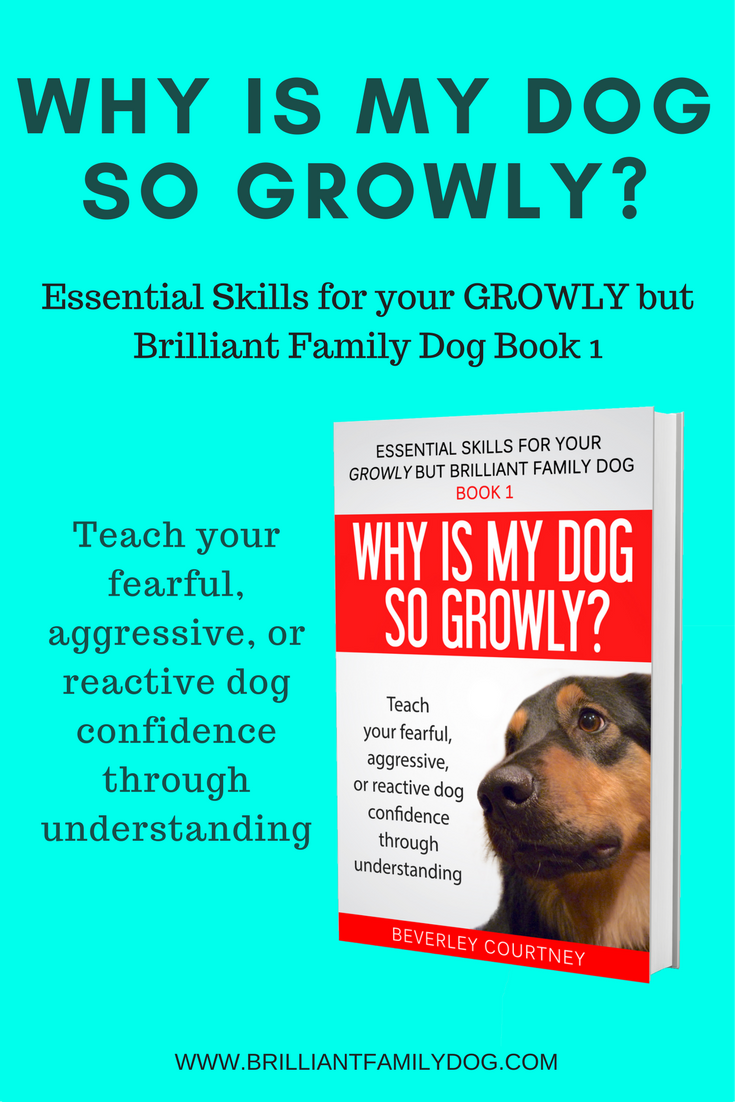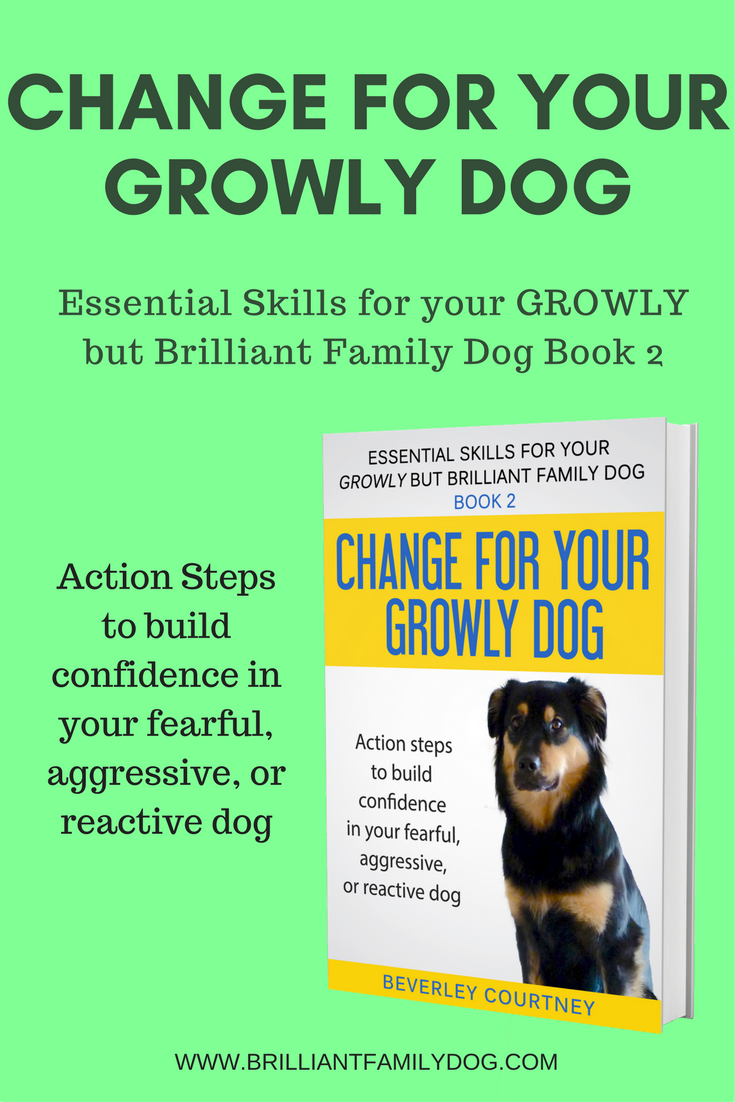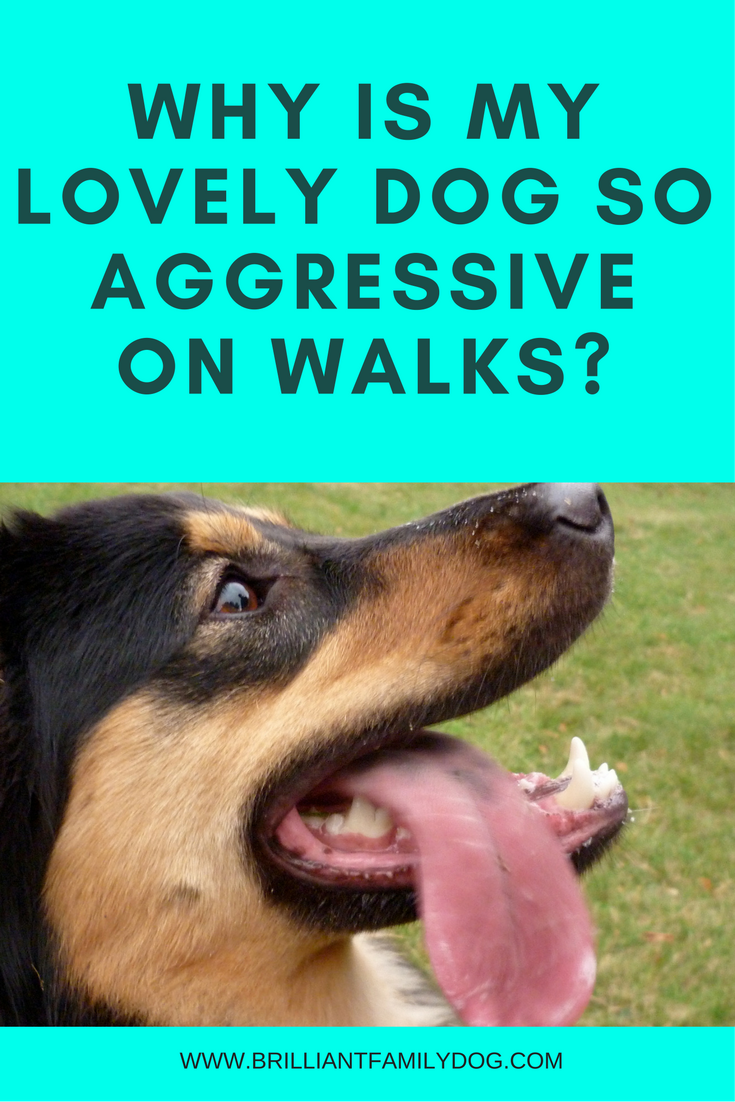“She’s such a lovely dog at home!”
And that’s normally the case. Just because a dog has an issue with other dogs does not mean she’s a bad dog in every way.
You know what a smashing dog she is at home - a Brilliant Family Dog! - and you’d like others to see what you see.
Instead of what they see: A fury of teeth, claws, and noise, who looks as though she wants to kill them, their children, and their dog.
I know just how you feel, because I’ve been there! And changing the way Lacy views the world has been a fascinating journey that has resulted in being able to help lots of other Lacys and their ragged owners.
Lacy is deeply suspicious of everyone and everything on the planet. Her response? To shriek at it to go away; to look her most ferocious; to keep things out of her space by leaping and lunging at them. The most adorable and affectionate (and intelligent) dog at home - with a great sense of humour - she was viewed by everyone else as some kind of deranged monster. But she's come on so much that she is now able to help me working with other reactive and fearful dogs.
It will help you to know from the outset that this type of behaviour is normally the result of fear. Not nastiness, aggression, “dominance”, or any of those other labels. Just plain tail-wetting fear.
Your dog is afraid of the oncoming dog. She needs to keep it away!
So she bares her teeth, makes herself look bigger, and shouts at him.
It’s likely that you get upset and try and rein her in or drag her away. It’s likely that the oncoming dog’s owner is alarmed (and probably looking down their nose at you). And it’s quite likely that the other dog will say “Who’re you lookin’ at?” and join the barking party.
The whole episode is upsetting and exhausting.
You start to walk your dog at the Hour of the Difficult Dog, late in the evening, when everyone is trying to avoid everyone else.
Is this why you got a companion dog?
Let’s have a look at what you can do to change things.
1. First thing is to stop walking your dog
What??? Let me explain.
Can you imagine that you had to walk along a narrow and uneven cliff path with a 200 foot drop. There is nothing to hold on to. The ground is crumbly and sometimes you skid and dislodge a lump of rock that bounces down the cliff and splashes silently into the sea below.
For most people this would be a living nightmare, a “terror run”. You would be desperate to get out of the situation. Your hormones would be racing through your body.
You eventually get home and begin to calm down.
The next day you have to walk the path again.
And the next day …
Quite soon you’re in a state of permanent panic. You dread the cliff path.
You need a break from this terror. Your hormones need to settle so you can see the world clearly. As does your dog.
You won’t stop walking your dog for ever. Just give her a few days’ break so that she can get back to normal. You can play great games at home to give her some exercise.
As neither of you is enjoying the walk, nobody will miss it.
After that, this bit is easy:
2. Teach her that she never has to meet another dog ever again (until she wants to)
And by this I don’t mean you are sentenced to the Hour of the Difficult Dog for ever.
Back to you and your terror run again: rather than staying at home for ever, you have a companion who can guide you. As you approach the cliff path, he turns you away from it and says, “Let’s go this way,” and heads right away from the edge.
Can you imagine the relief you feel? No need to plead with him and say, “Please don’t make me go on the path!” He guides you away to safer ground every time he sees a dangerous path. Your trust in him grows. You begin to enjoy your seaside walks.
So it is with your dog. The moment you see another dog or person heading your way, you give a cheery “Let’s go!” and head in the opposite direction. Your dog will enjoy the fact that she doesn’t have to get upset and go through the shouting routine.
You want to avoid narrow lanes where there’s no escape, so you may have to take a longer route to get where you want to go - or even drive till you are at an open space.
But you don’t want to avoid dogs.
She won’t learn what you want her to learn unless you do it, so eschew the Hour of the Difficult Dog and go out where you will see dogs - but at a safe distance.
These two things alone will make a huge difference to your dog, your walks, your relationship with your dog, and your enjoyment of life with her. If you did nothing else, this will improve the situation dramatically.
But this is just a start: naturally there are lots more things you will be able to do! There are techniques which I’ll show you. But the first thing you need to do to a wound is to stop it bleeding. Only then can you start the healing process.
First, realise that your dog is afraid, and is as uncomfortable as you are. Reasoning with her will not work. Until you can get help from a force-free professional, avoidance is the short-term answer.
Second, remember that you are her guardian and protector - give her the help she needs to cope with our world.









